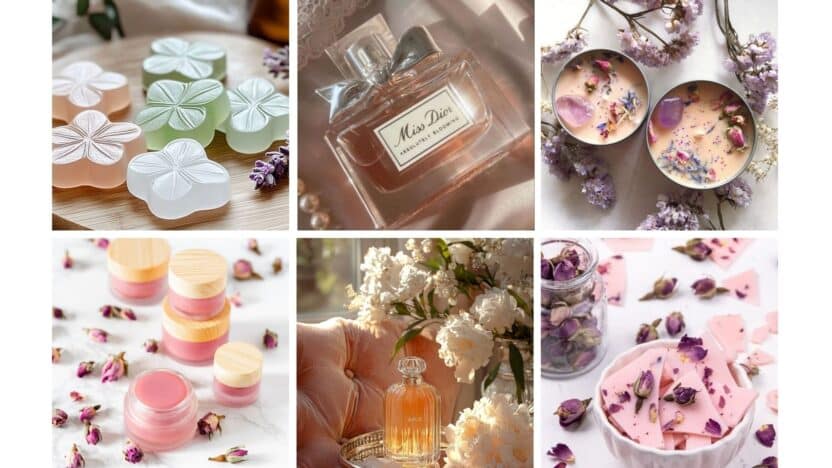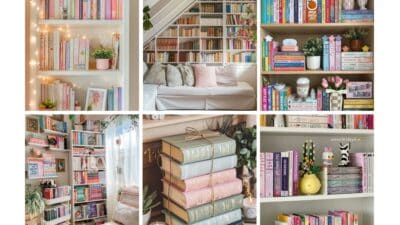Creating your own fragrance at home is easier than you might think, and it allows you to mix scents that truly match your personality. DIY fragrance gives you full control over the ingredients, letting you avoid harsh chemicals and tailor your scent to fit any mood or occasion. Whether you prefer something floral and light, or a bold, spicy aroma, making your own perfume can quickly become a fun, rewarding hobby.
With just a few basic materials like essential oils and a carrier like alcohol, you can start experimenting with different blends right away. From fresh citrus sprays to deep, earthy mixes, you’ll discover how easy it is to craft a scent you love.

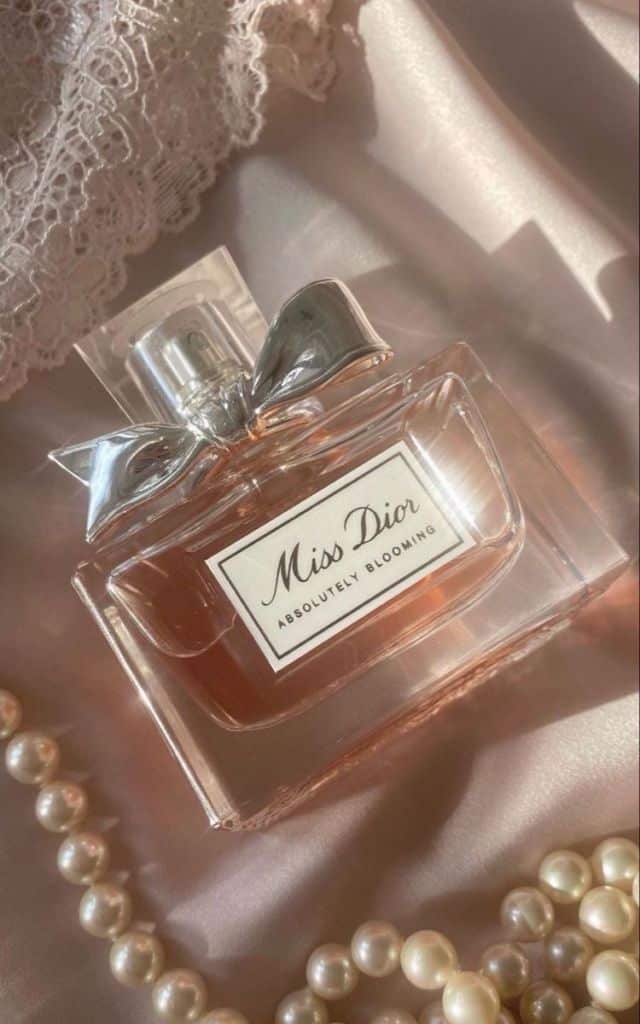
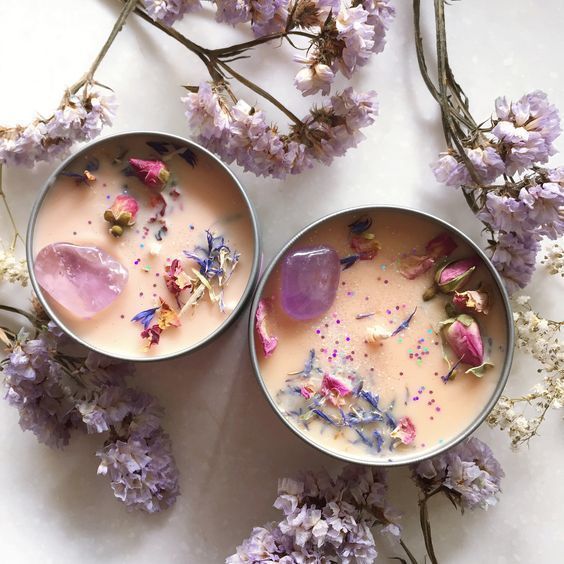
Key Takeaways
- You can create unique fragrances at home with simple materials.
- Blending techniques help you design custom scents that fit your style.
- DIY fragrance lets you choose safe ingredients and personalize your aroma.
Getting Started With DIY Fragrance
Creating your own fragrances at home is a rewarding process that lets you control every part of your scent. To get off to a great start, it’s important to have the right supplies, know how fragrances are structured, and select the best carrier oils for your blend.
Essential Supplies and Ingredients
You’ll need only a few basic items to begin crafting your DIY fragrances. Pick up small glass bottles (preferably amber or cobalt blue) to store your blends. Droppers or pipettes will help you measure essential oils with precision.
Essential oils are the building blocks for most home fragrances. Start with a small collection such as lavender, lemon, eucalyptus, and sandalwood. You will also need a carrier oil (like fractionated coconut oil or sweet almond oil), or you can use perfumer’s alcohol for a stronger, more traditional scent.
Keep a notebook handy to record the ratios and combinations you try. Disposable pipettes, measuring spoons, and scent strips (for testing) make the mixing process easier and help you track your progress.
Understanding Fragrance Notes
A great DIY fragrance is built on three types of notes: top, middle, and base. These layers determine how the scent develops over time.
- Top Notes: These are the first impression of your blend and tend to be light and fresh (think bergamot, lemon, or peppermint).
- Middle Notes: Also called heart notes, these emerge as the top notes fade and often include floral or herbal scents such as lavender, geranium, or rosemary.
- Base Notes: These last the longest on your skin and provide depth. Examples include sandalwood, vanilla, and patchouli.
A typical perfume formula uses a ratio like 30% top notes, 50% middle notes, and 20% base notes. Experiment with different combinations, writing down each recipe so you can repeat your favorites.
Choosing Carrier Oils
Carrier oils dilute essential oils, making them safe for skin contact and extending the life of your fragrance. Fractionated coconut oil is a favorite because it’s odorless, clear, and lightweight—making it a great choice for beginners.
Other options include sweet almond oil and jojoba oil. These have a mild aroma and absorb easily without feeling greasy.
If you prefer a spray perfume, perfumer’s alcohol is a suitable alternative, allowing the scent to disperse in a fine mist. When selecting a carrier, consider your skin type and the intended use—oils for roll-ons and alcohol for sprays. Always start with small batches to test how the carrier interacts with your chosen essential oils.
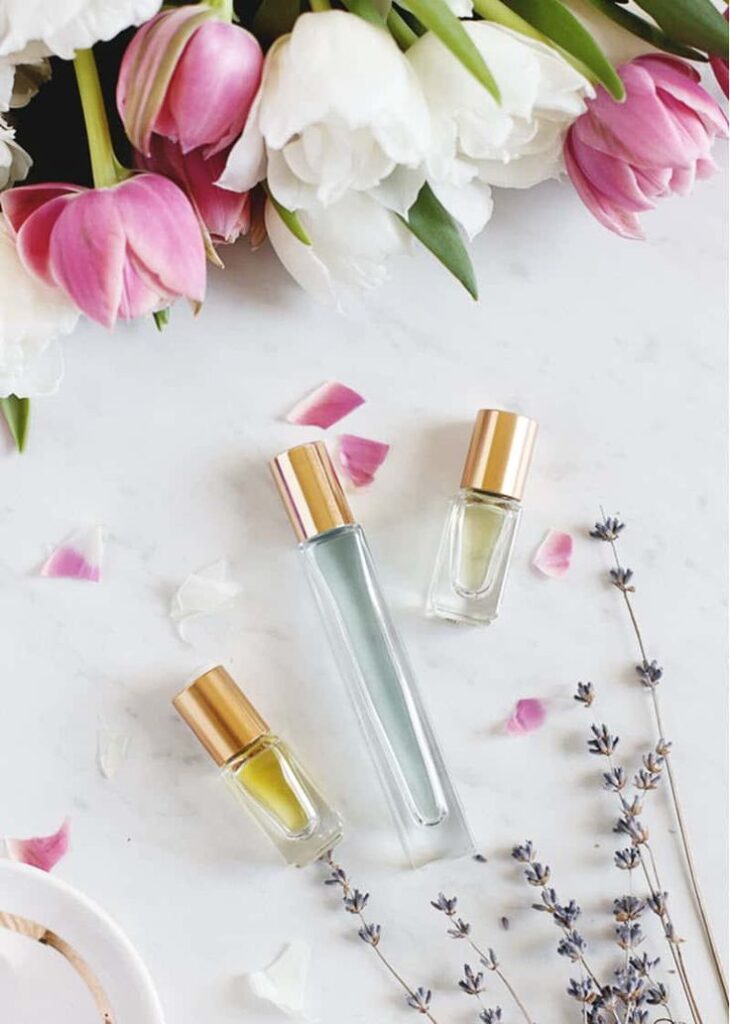
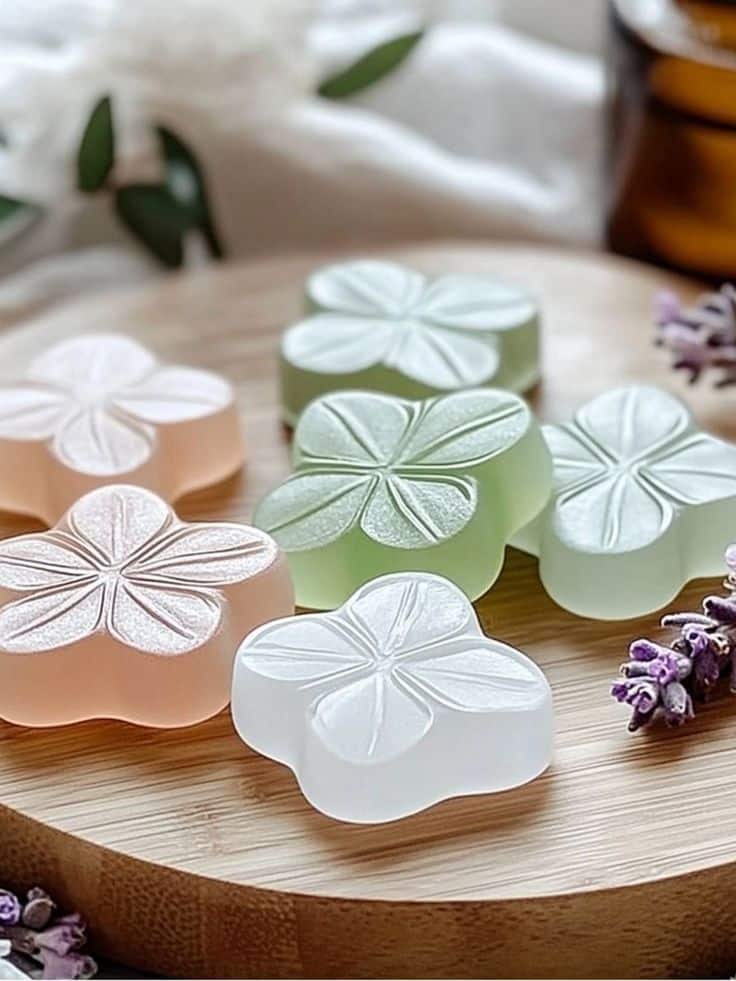

Blending Techniques for Custom Scents
Creating your own custom fragrance involves more than mixing ingredients. You’ll need to understand fragrance notes, the properties of oils and absolutes, and the basics of proper blending tools to achieve a balanced and lasting scent.
How to Layer Fragrance Notes
Every fragrance blend has three main types of notes—top, middle, and base. Top notes are the first impression and usually lighter oils like citrus or peppermint. They evaporate quickly.
Middle notes give your blend its core character. Oils such as lavender, cinnamon, or geranium are common for this layer because they balance the aroma and last a bit longer.
Base notes anchor the scent and provide lasting power. Choose heavier oils like patchouli, sandalwood, or vanilla absolute. A typical ratio is 30% top, 50% middle, and 20% base notes, but you can adjust to your preference. Writing this ratio down before blending helps keep your recipe consistent.
Mixing Essential Oils and Absolutes
Essential oils come directly from plants, while absolutes are more concentrated extracts often used for richer scents. When blending, you can mix both, but you’ll need to measure carefully.
Start by choosing oils that blend well—floral absolutes pair nicely with citrus essential oils, while resinous absolutes add depth to woody blends. Always dilute your mix with a carrier oil, such as jojoba or fractionated coconut oil, especially for personal fragrances.
Here’s a sample blending process:
- Add drops of your chosen base note (absolute or essential oil).
- Next, layer in your middle note oils.
- Finish with top notes for brightness.
- Let the blend rest for 24 hours and then test the aroma—scents will change as they settle.
Tools for Blending Oils
You don’t need complicated equipment to start, but certain tools can make the process easier and more accurate.
Basic tools include:
- Glass droppers or pipettes for precise oil measurement
- Small glass beakers for mixing and swirling blends
- Dark glass bottles with tight lids for storing finished fragrances
- Scent strips or cotton pads for testing
Always work in a clean, well-ventilated area. Clean your tools with rubbing alcohol after each use to avoid unwanted cross-contamination between oils. Label each blend clearly to keep track of your custom fragrance recipes as you experiment.
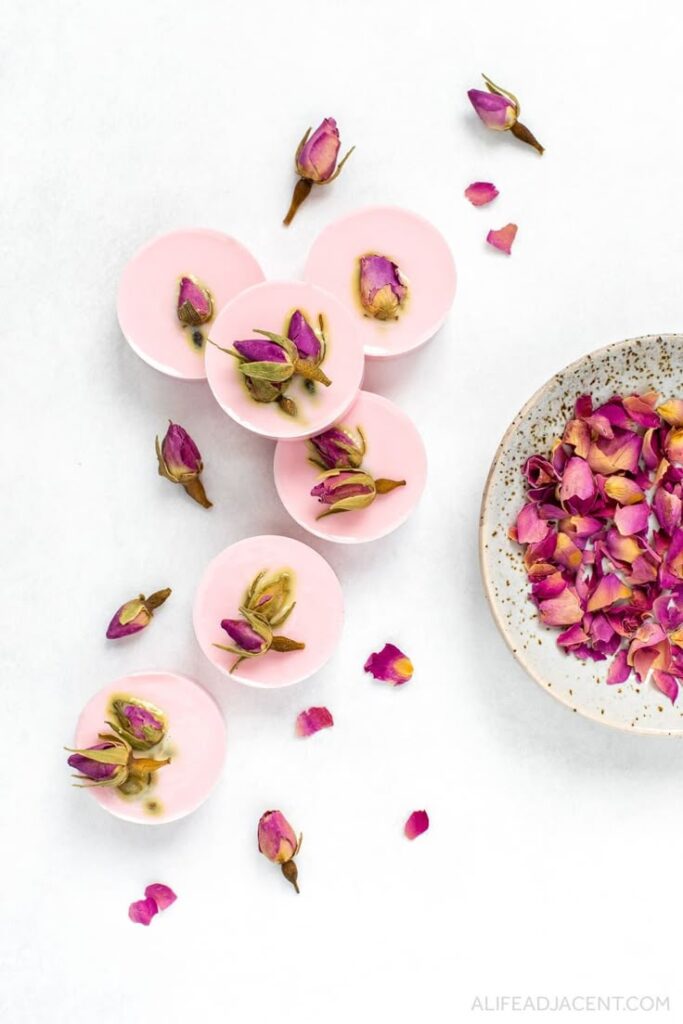


DIY Perfume Recipes and Methods
Making your own perfume lets you control the scent and ingredients, whether you prefer sprays, roll-ons, or solids. By choosing different essential oils and carriers, you can craft fragrances that fit every mood and season.
Spray Perfume
Spray perfumes are popular because they’re simple to make and easy to apply. You’ll need a small spray bottle, a high-proof alcohol (such as vodka), distilled water, and your chosen fragrance oils or essential oils.
Basic method:
- Combine 2 tablespoons vodka with 20-30 drops essential oil blend in a clean bottle.
- Swirl gently and let sit for 24–48 hours (or longer for a stronger scent).
- Add 2 tablespoons distilled water. Shake well.
Common essential oil combos:
- Floral: lavender, rose, and jasmine.
- Fresh: lemon, bergamot, and mint.
- Woody: sandalwood, cedarwood, and patchouli.
Use a small funnel or pipette to avoid spills. Store your homemade perfume away from heat and light to help it last longer.
Roll On Perfume
Roll on perfumes are compact and travel-friendly. The main ingredients are a carrier oil like jojoba or fractionated coconut oil and your desired essential oil blend.
How to make:
- Add 10-15 drops of essential oil to a 10 ml glass roller bottle.
- Fill the rest with carrier oil.
- Insert the rollerball and cap tightly. Shake well.
Roll on your perfume to pulse points, such as wrists and neck. This method creates an alcohol-free scent, ideal for sensitive skin or layering with other fragrances.
Tip: Try amber or blue glass bottles to protect oils from sunlight and extend shelf life.
Solid Perfume
Solid perfume is portable and won’t spill in your bag. These balms use natural waxes like beeswax combined with carrier oils and essential oils.
Steps:
- Melt 1 teaspoon beeswax with 1 teaspoon carrier oil (sweet almond or jojoba) using a double boiler.
- Remove from heat. Stir in 10-15 drops essential oil.
- Pour into a small tin. Let cool and harden before use.
Apply solid perfume with fingers to pulse points. This method produces a gentle scent and makes a thoughtful DIY gift. Change the essential oil blend for different occasions or tastes.
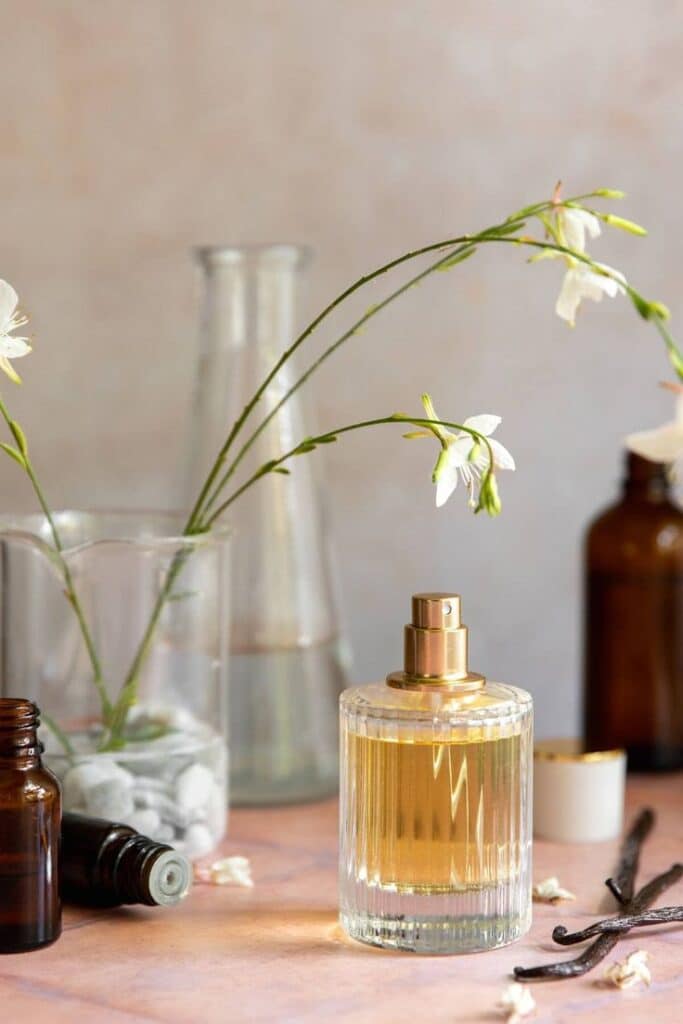
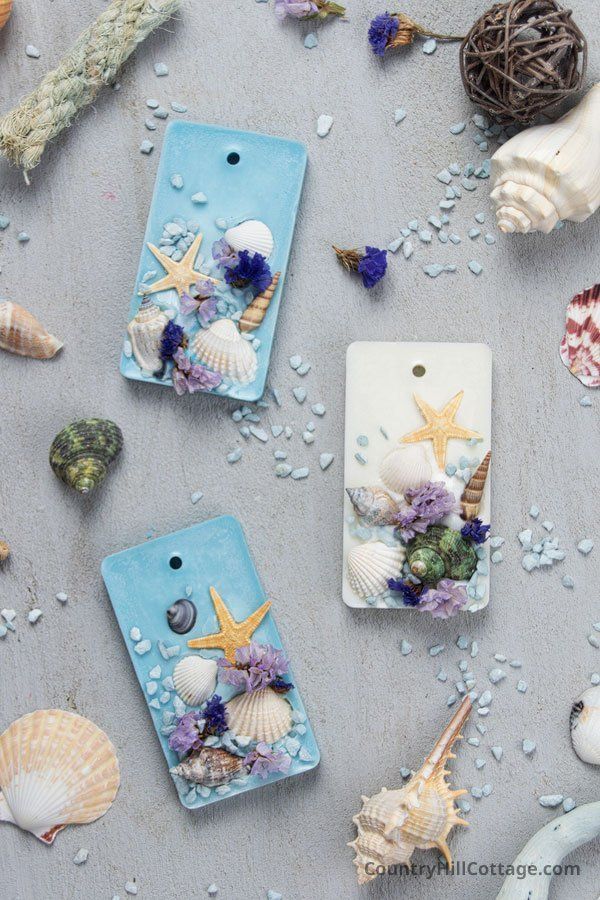
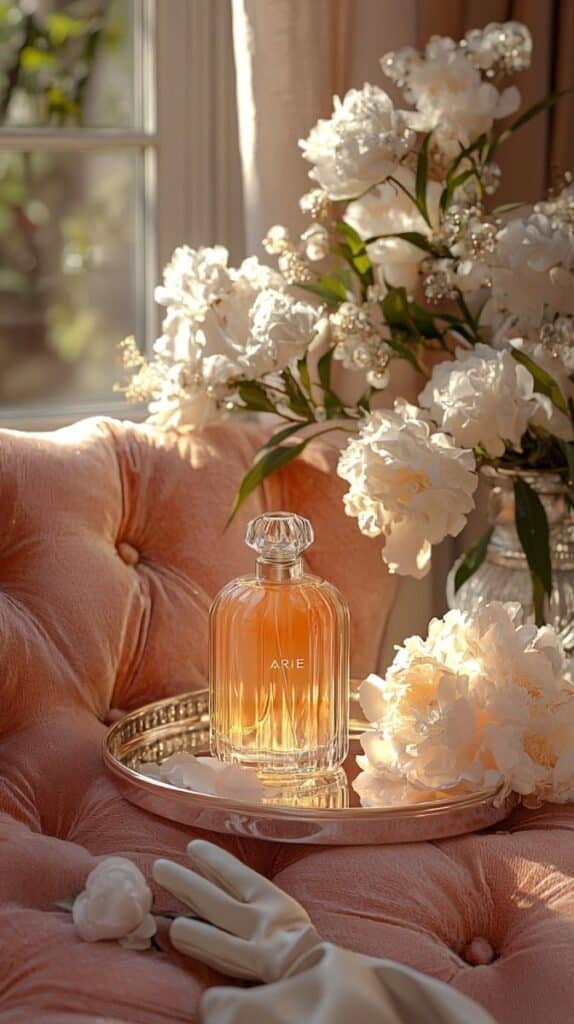
Popular Scents and Essential Oil Blends
Mixing your own scents lets you craft fragrances that fit every mood or season. Using essential oils, you can make blends that are fresh, calming, or rich, all while keeping your formula natural and customizable.
Floral and Citrus Blends
Combining floral and citrus oils is a common way to create fresh, uplifting perfumes. You can start with floral staples like lavender essential oil or geranium essential oil. These pair well with zesty oils such as sweet orange, bergamot, or lime.
Try blending lavender and sweet orange for a scent that is both calming and bright. Another popular mix is geranium with a touch of lemon or verbena for a sparkling, light feel.
To help you get started, here are some simple ratios:
| Floral | Citrus | Suggested Ratio |
|---|---|---|
| Lavender | Orange | 3:2 |
| Geranium | Lemon | 2:1 |
| Jasmine | Bergamot | 1:1 |
Blends like these work well in alcohol-based sprays or roller perfumes. They are especially good for daytime wear and make thoughtful, easy gifts.
Herbal and Earthy Combinations
If you prefer something grounded, herbal and earthy blends offer relaxing, nature-inspired scents. A mix of herbal oils such as clary sage, angelica, or spearmint pairs beautifully with earthy oils like sandalwood or vetiver.
Sandalwood is a favorite in natural perfumery for its warm, woody depth. Combining it with clary sage or lavender essential oil adds a soft complexity.
You can create a deeper blend by adding a hint of palo santo or patchouli. Earthy-herbal mixes make for cozy, grounding natural perfumes ideal for evening use.
Try blending:
- Sandalwood + Clary Sage (3:1 for a smooth, woody herbal scent)
- Patchouli + Spearmint (2:1 for a fresh twist)
- Angelica + Vetiver (1:2 for a rich, earthy aroma)
Classic Natural Perfume Mixes
Certain combinations have become classics in natural perfumery. These blends often focus on harmony between top, middle, and base notes, allowing the scent to evolve over time.
A favorite example is jasmine with sweet vanilla. Mixed together, this will give your natural perfume a warm floral touch with subtle sweetness.
Rose paired with a drop of sandalwood adds sophistication to homemade blends. Geranium and lavender essential oil create a gentle, universally appealing combination perfect for daily use.
You can experiment with blends such as:
- 5 drops jasmine + 2 drops orange + 2 drops vanilla
- 3 drops rose + 1 drop sandalwood
- 3 drops geranium + 2 drops lavender
Layering different essential oils lets you find your signature scent while keeping your fragrance natural. Try small batches first and adjust drops to suit your preferences.
Uses and Benefits of DIY Fragrances
DIY fragrances do more than just offer a pleasant scent; they can support your mood, benefit your health, and be adapted for use in a variety of everyday products. Creating your own blends lets you avoid questionable additives and match your scent profile to your specific needs.
Aromatherapy Applications
When you make DIY fragrances with essential oils, you can tap into their aromatherapy properties.
Certain oils, such as lavender, chamomile, and sandalwood, are known to promote relaxation and reduce stress when diffused or applied to the skin. For focus, peppermint and rosemary are popular for their invigorating effects on concentration and mental clarity.
Common ways to use DIY fragrances for aromatherapy:
- Add a few drops to a diffuser for room-wide effects.
- Create roller blends for quick mood boosts.
- Spray linen or pillow mists to enhance relaxation at bedtime.
Matching your fragrance to your needs means you can address concerns like anxiety or fatigue throughout your day.
Health Benefits of Natural Ingredients
Homemade fragrances allow you to avoid many synthetic chemicals found in commercial perfumes and sprays.
Essential oils used in DIY blends are often chosen for their specific therapeutic properties. Tea tree oil offers mild antimicrobial benefits, while eucalyptus helps clear airways when inhaled. Citrus oils, like lemon and orange, can refresh and uplift without harsh additives.
Health-conscious users find value in fragrances that are free from phthalates, parabens, and artificial dyes. By using only natural oils and carrier bases, you minimize the risk of irritation and allergic reactions common with synthetics.
Fragrance Products and Other Uses
DIY fragrance blends are versatile and can be incorporated into many homemade products.
You can create body sprays, solid perfumes, and even add your favorite scent to home cleaning solutions. Small tins of solid perfume or roller bottles make practical gifts and travel solutions.
For everyday use, consider:
- Adding fragrance blends to unscented lotions.
- Using sprays as natural room deodorizers.
- Blending oils into bath salts or candles for atmosphere.
Your blend can be easily adapted for personal use or shared with friends, bringing a personal touch to a variety of fragrance products.


